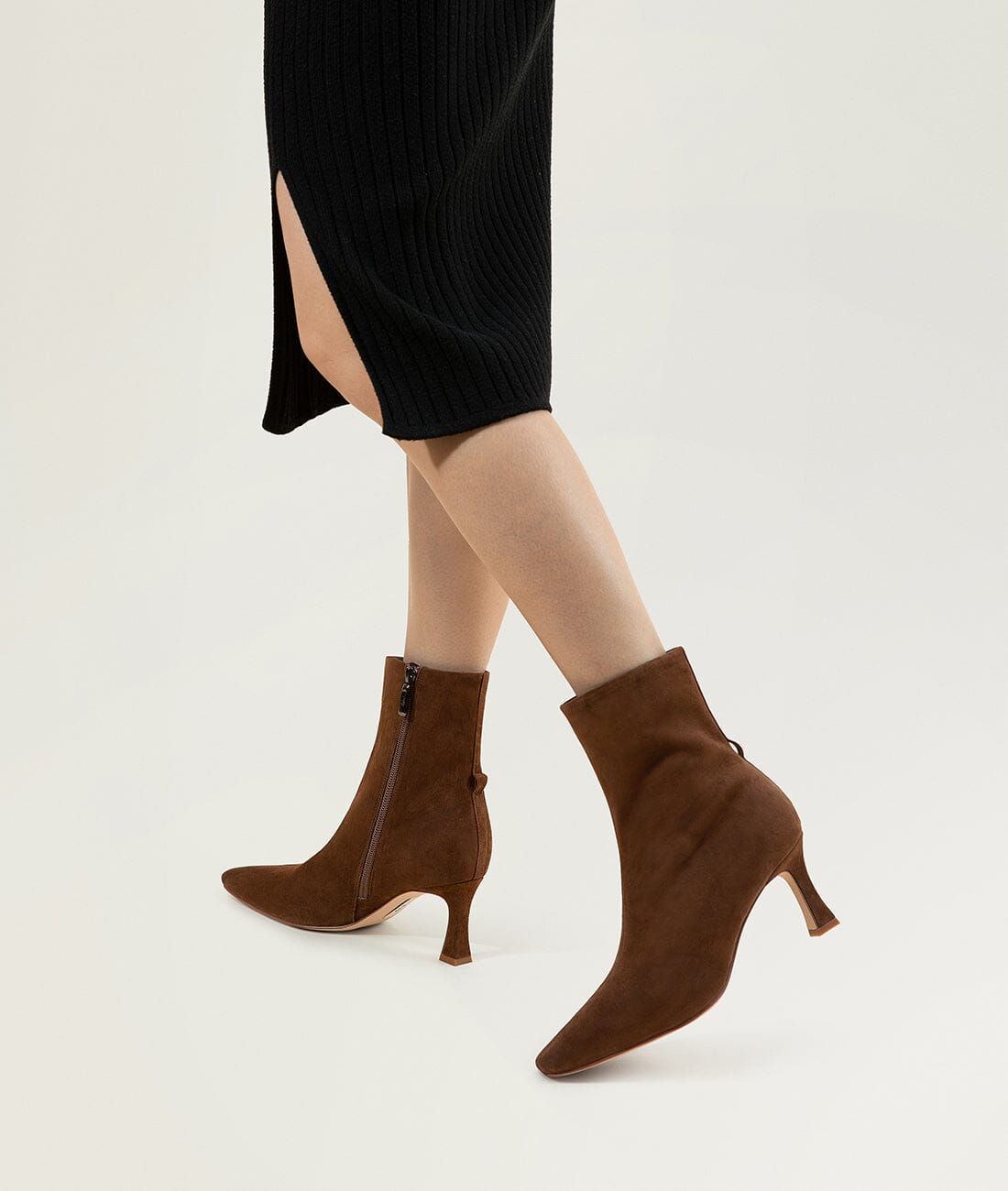Women's heeled boots have a rich and fascinating history that spans centuries. From their humble beginnings to their current status as a fashion staple, these boots have undergone significant changes and adaptations. In this article, we will delve into the history and evolution of women's heeled boots, exploring their origins, transformations, and enduring appeal.

The Origins of Women's Heeled Boots
The history of women's heeled boots can be traced back to ancient civilizations. The first evidence of heeled footwear dates back to the 9th century in Persia, where horse riders wore heels to secure their feet in stirrups. These early heeled boots were practical and functional, designed to serve a specific purpose rather than for fashion.
As time went on, heeled boots became popular among the upper classes in Europe during the Renaissance period. The heels were seen as a symbol of wealth and status, and women of nobility would wear them to showcase their social standing. These early heeled boots were often adorned with intricate embroidery and embellishments, further emphasizing their luxurious nature.
The Evolution of Women's Heeled Boots
Throughout the centuries, women's heeled boots continued to evolve in both style and function. In the 18th century, the French Revolution brought about a shift in fashion, and heels fell out of favor temporarily. However, they made a comeback in the 19th century with the rise of the Victorian era. Heeled boots became an essential part of women's fashion, with various styles emerging, including lace-up boots and buttoned boots.
During the 20th century, women's heeled boots underwent significant transformations influenced by changing societal norms and fashion trends. In the 1960s, the iconic go-go boots with their high block heels became a symbol of the mod subculture. These boots were often made of patent leather and were worn with short skirts, reflecting the youthful and rebellious spirit of the era.
In the 1980s, women's heeled boots took on a more glamorous and extravagant look. Stiletto heels became popular, and boots were often adorned with bold colors, animal prints, and metallic accents. This era saw the rise of power dressing, and heeled boots became a symbol of confidence and femininity in the corporate world.
The Enduring Appeal of Women's Heeled Boots
Despite the ever-changing fashion trends, women's heeled boots have maintained their popularity and enduring appeal. They continue to be a versatile and stylish choice for women of all ages. Whether it's a classic ankle boot with a modest heel or a thigh-high boot with a daring stiletto, there is a heeled boot to suit every taste and occasion.
One reason for the enduring appeal of women's heeled boots is their ability to instantly elevate an outfit. A pair of heeled boots can add height, elongate the legs, and create a more polished and put-together look. They can be paired with dresses, skirts, jeans, or even tailored pants, making them a versatile wardrobe staple.
Furthermore, women's heeled boots have become a symbol of empowerment and self-expression. They allow women to embrace their individuality and showcase their personal style. Whether someone prefers a classic and timeless design or a bold and avant-garde statement piece, there is a heeled boot to match their unique personality.
Conclusion
The history and evolution of women's heeled boots are a testament to their enduring appeal and significance in fashion. From their practical origins to their current status as a fashion statement, these boots have come a long way. They have adapted to changing trends and societal shifts while remaining a symbol of style, confidence, and empowerment for women around the world.



